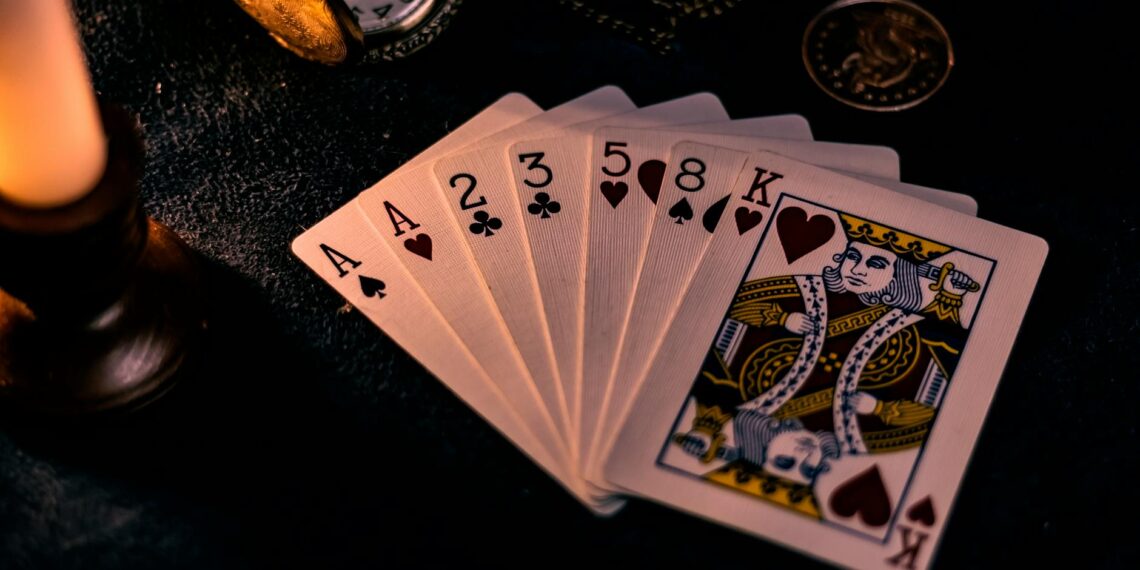In the context of selling sports cards online, “coining” refers to a common practice used to verify a seller’s possession of the cards they are listing.
Here’s how it works:
- The Seller’s Verification: When someone is selling sports cards online (especially in forums or social media groups), they’ll include a photograph of the card (or cards) for sale, along with a handwritten note.
- The “Coin”: This note will typically include the seller’s name or username and the current date. This acts as a form of timestamp or a “mint mark” proving that the seller is in possession of the card at the time the photo is taken.
- Preventing Misrepresentation: In the age of digital images, it’s easy to copy and paste photos of cards that a seller doesn’t actually possess. “Coining” helps to combat this by adding a layer of authenticity to the listing.
- Building Buyer Confidence: Seeing a “coined” image can give potential buyers more confidence that they are dealing with a legitimate seller who actually has the cards in hand.
However, it’s worth noting that even coining can be faked with the use of image editing software. It’s always advisable to exercise due diligence, especially when purchasing high-value cards, and consider additional verification methods like requesting a short video of the seller holding the card.









What does “coin it” mean in sports cards?
To coin a card simply means to put your name and date on a paper in the photo. To prove you are in possession of the card. Sort of like a mint mark.
Does coin mean money?
Currently coins are used as money in everyday transactions, circulating alongside banknotes.